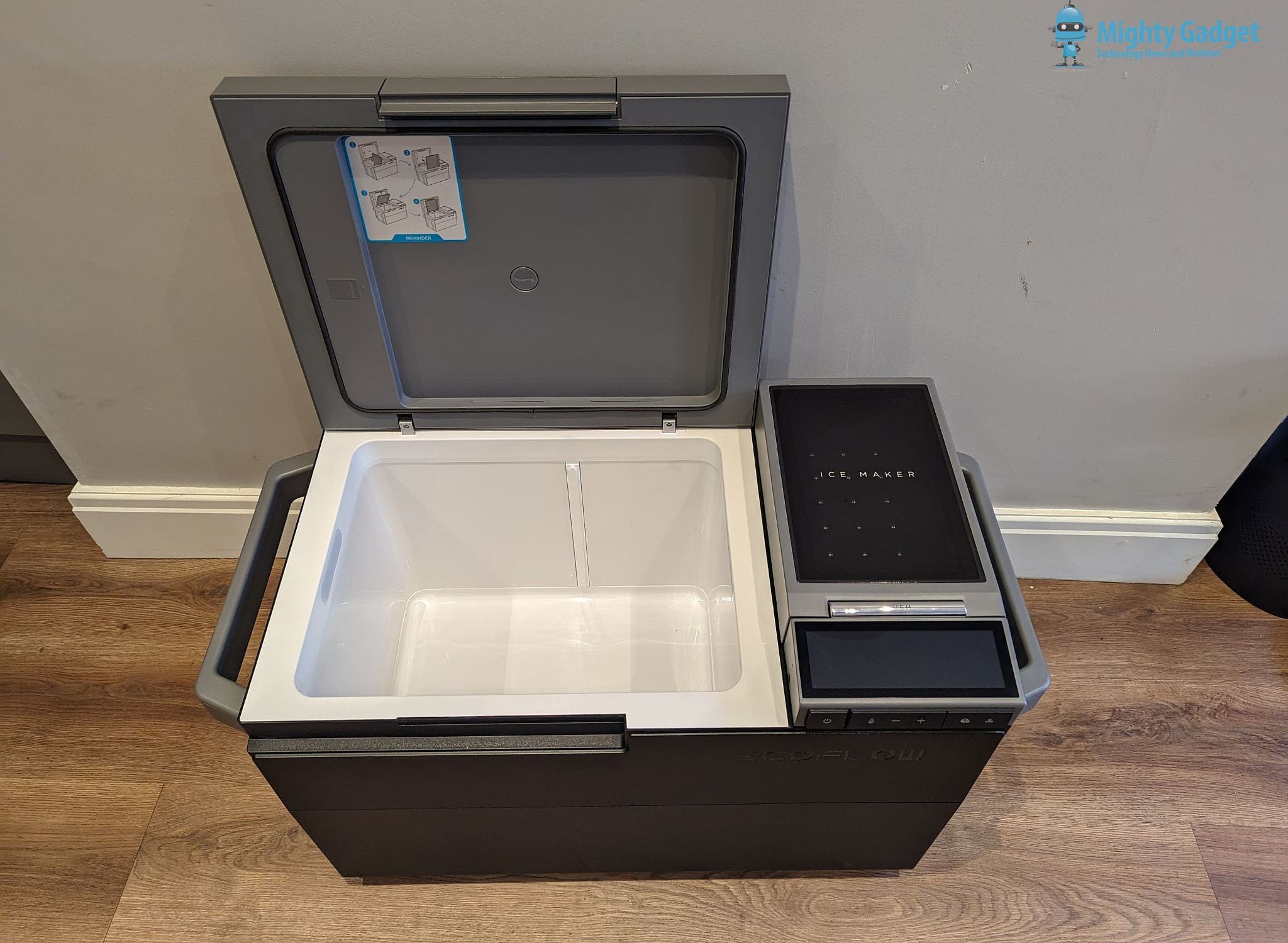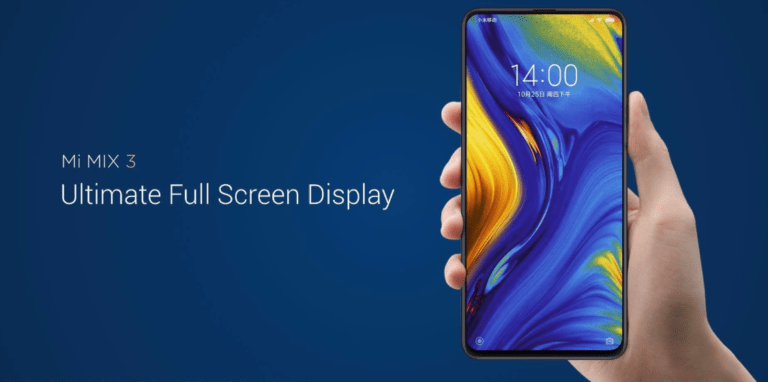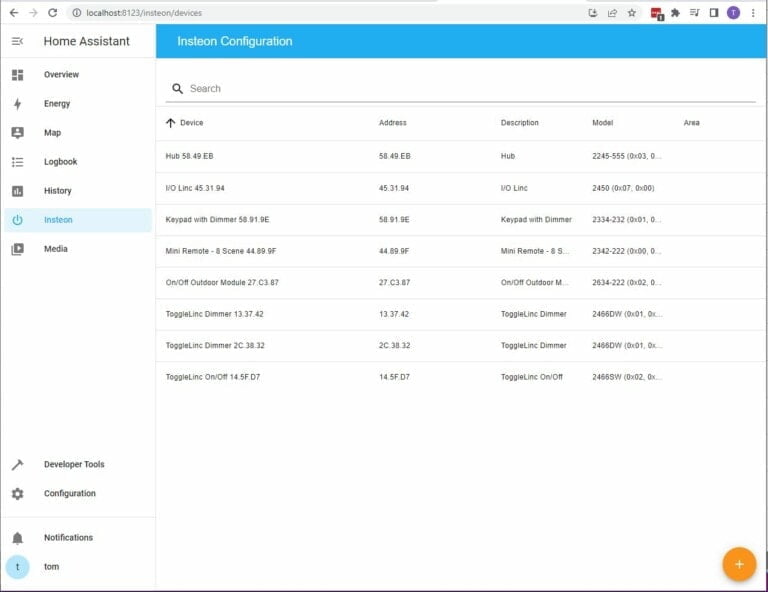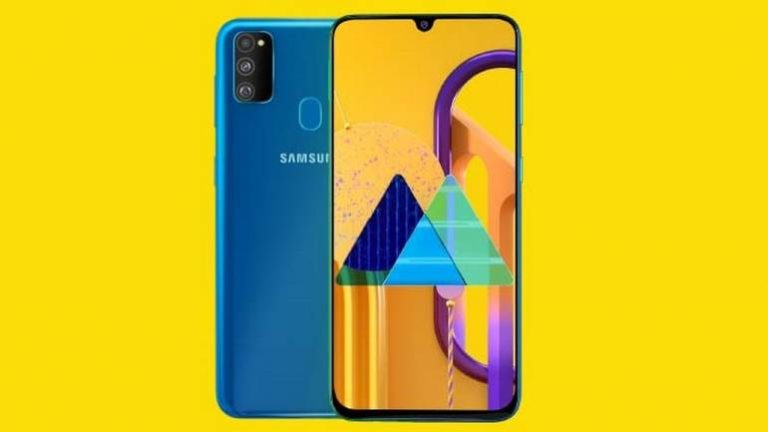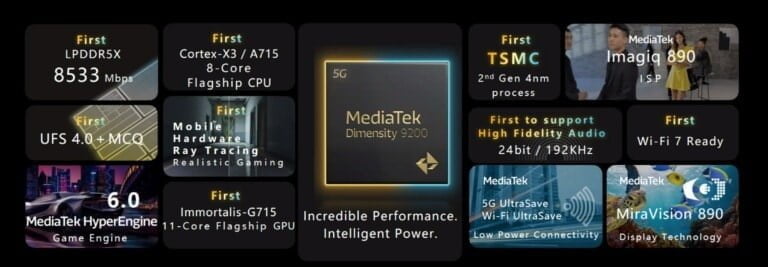Any links to online stores should be assumed to be affiliates. The company or PR agency provides all or most review samples. They have no control over my content, and I provide my honest opinion.
The EcoFlow Glacier was revealed at CES 2023 and officially announced last week. It is now available to buy directly from EcoFlow and should be on Amazon.
This is a new product category from EcoFlow, but it builds upon their speciality of portable power stations.
It is one of the only products on the market that is a portable fridge with an optional slot-in battery, making it truly portable without the need for a separate portable power station. It is also the first fridge that has an integrated ice maker that produces 18 ice cubes in approximately 12 minutes.
I was unusually excited by this when EcoFlow revealed it at CES, and it thankfully lives up to my expectations. The only caveats are that it is massive and very expensive.
Specification
- The world’s first fridge freezer with an integrated ice-maker that produces 18 ice cubes in approximately 12 minutes
- 38L capacity good for 60 cans of 355ml soft drinks
- Split capacity of 23L and 15L
- 120W compressor
- Temperature range of 10 °C/ +50°F to -25 °C /-13 °F.
- 298Wh battery capacity runs for up to 40 hours of refrigeration or 19 hours of below-freezing temperatures on a single charge.
- The battery has USB-C with 100W power delivery
- High-speed cooling with efficient energy-saving
- Directly charge using solar panels
- Rugged design & IPX5 rating
- Full app control
Design / Capacity / Features
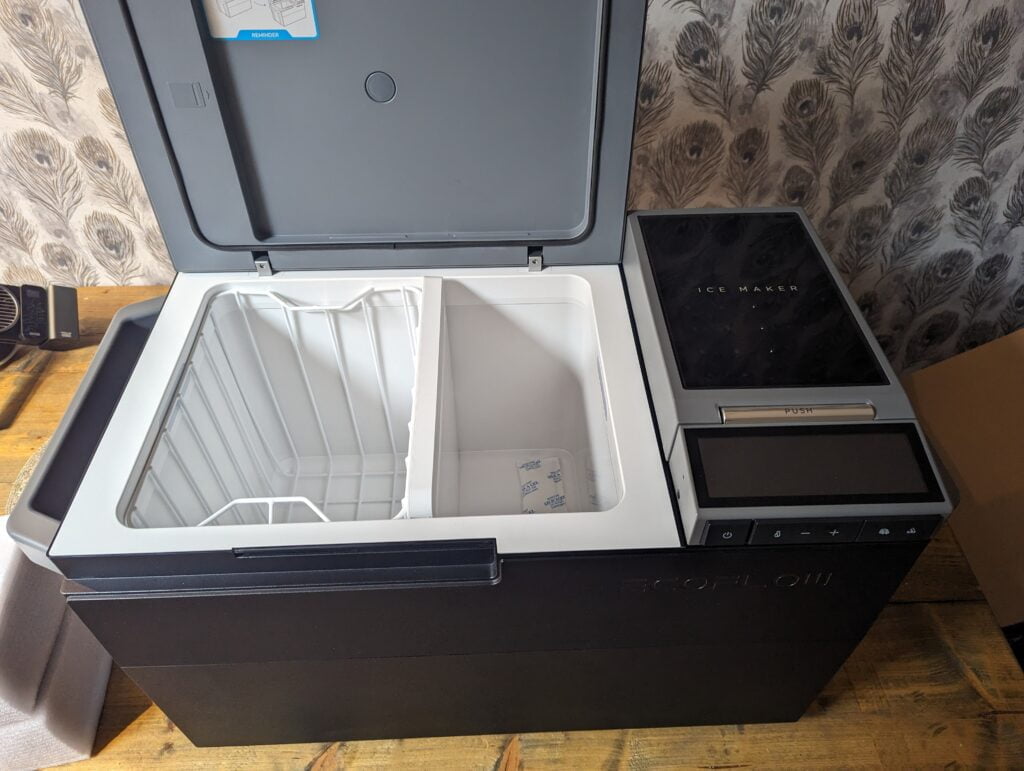
The first thing I thought when I unpacked this was how large it is; it is massive. To be fair, the only experience I have of a fridge that’s anything like this is the Alpicool K25 which only has a 25l capacity and has no battery or ice maker.
With it being so large, one of my first thoughts was that perhaps the ice maker was a bit overkill. It just adds to the size and cost of this machine. But, in reality, I doubt it makes that much difference to the physical size. A 38L fridge with a built-in battery is always going to be gigantic.
Inside the fridge, the capacity didn’t look that big at first, but I rooted around my kitchen and filled it with as much beer as I could find, and my concerns about the capacity were quickly alleviated.
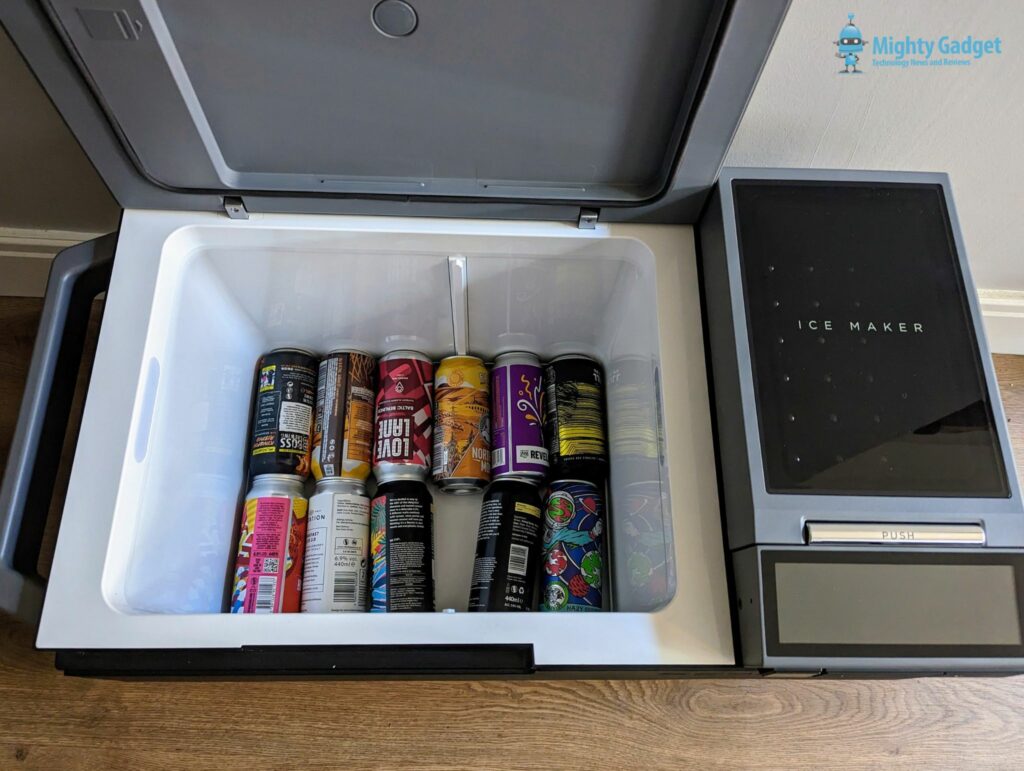
To give some context of the capacity, with the spacer removed, the fridge can fit about eleven 440ml craft beer cans per layer. It would be twelve, but the rail the spacer mounts on gets in the way.
For 330ml cans, you are looking at about 15 cans.
I didn’t manage to fill the fridge with beer, but you should easily get four layers if not five.
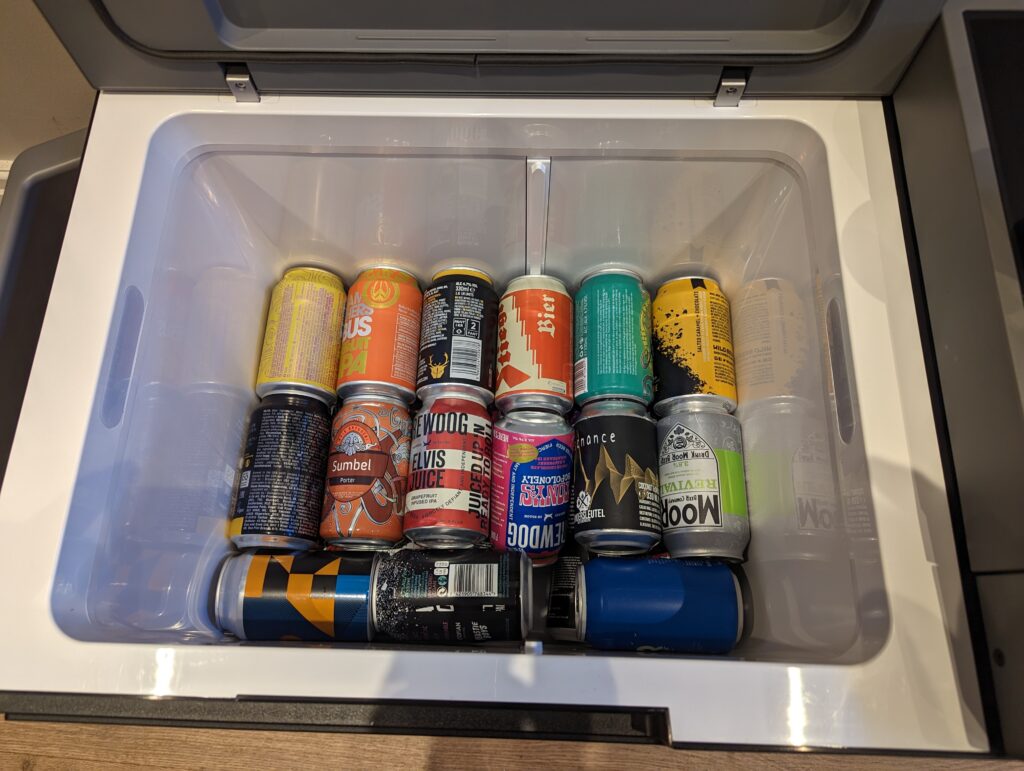
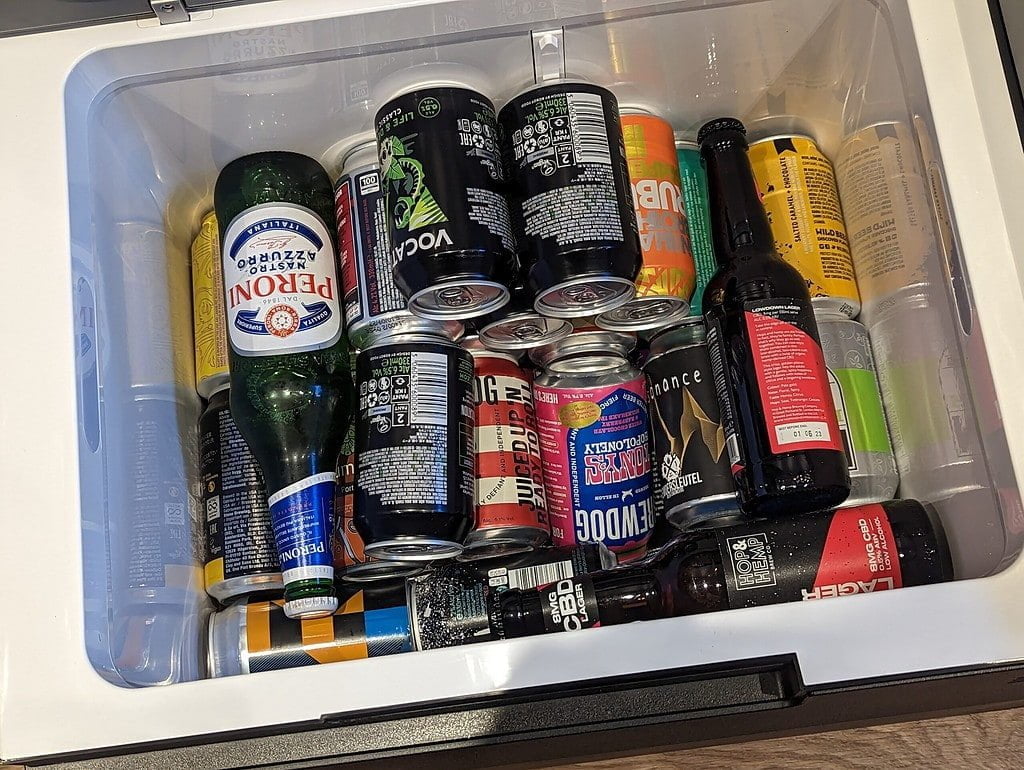
App
Like most of the other EcoFlow products, this can be paired up with an app and connects to WiFi. This allows you to control all the functions directly from your phone. The app is more useful for this fridge than the power stations, as you will likely want to change the temperatures or make ice semi-regularly, which is easier than the on-device buttons.
Mains & Solar Charging
My initial charge was done using the mains adaptor. Interestingly, there is only one input port, and it uses an XT60 port. You then get a power brick that’s compatible with this and a cable for your car. This port is also what you will use for solar charging.
When charging from mains, I tested this with a power meter, and the fridge only pulled around 200W when charging. That’s a bit slow compared to some of the EcoFlow portable power stations, but this only has a 298Wh battery, so it should charge in about 90 mins from flat.
In the north of the UK in April, you are not going to get the best performance from solar charging, but I was lucky to get one sunny day to try out the EcoFlow 220W Bifacial Solar Panel with it.
During the summer, it should be quite easy to run this entirely from solar power, especially if you only use it as a fridge. Fridges don’t use that much electricity once they hit the target temperature, and the 220W panel I used can easily hit 200W in good conditions, just as fast as the mains charge. You’d probably only need about an hour of good sunlight every day to keep this running indefinitely.
Ice Maker
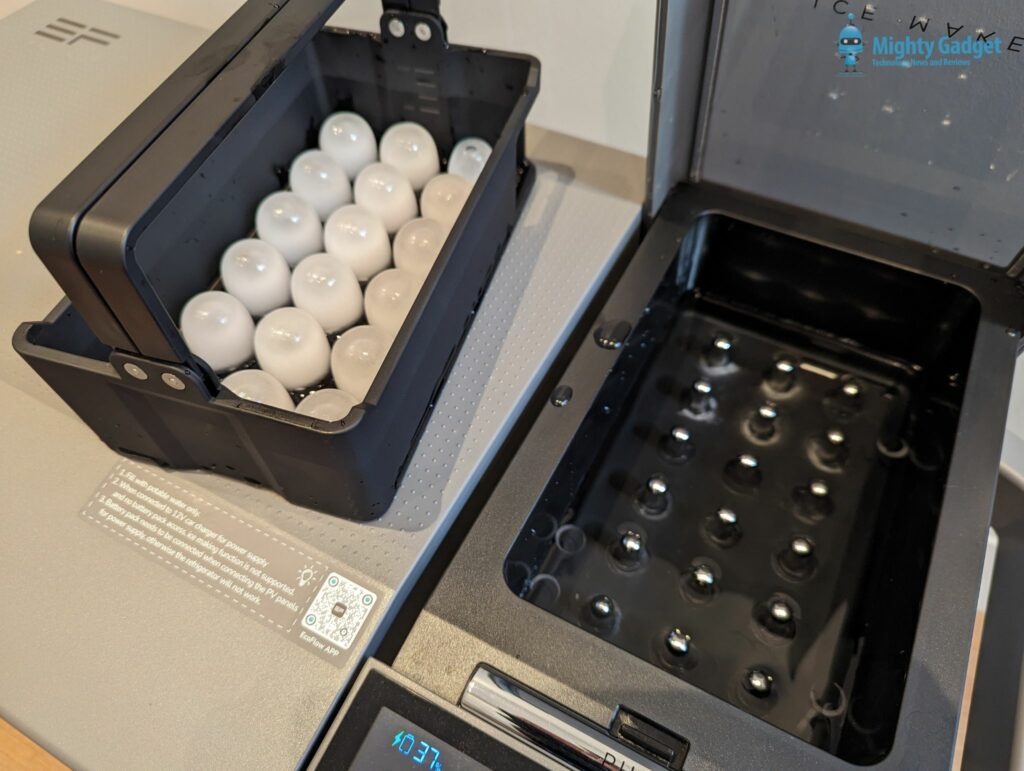
The ice maker seems like such an over-the-top piece of engineering. I’d say it is excessive, but you are spending £1250 on a fridge, so you should expect some over-the-top features.
I was a little perplexed about how this would work at first and if it would really make ice cubes in 12 minutes. Amazingly, it works almost as well as advertised.

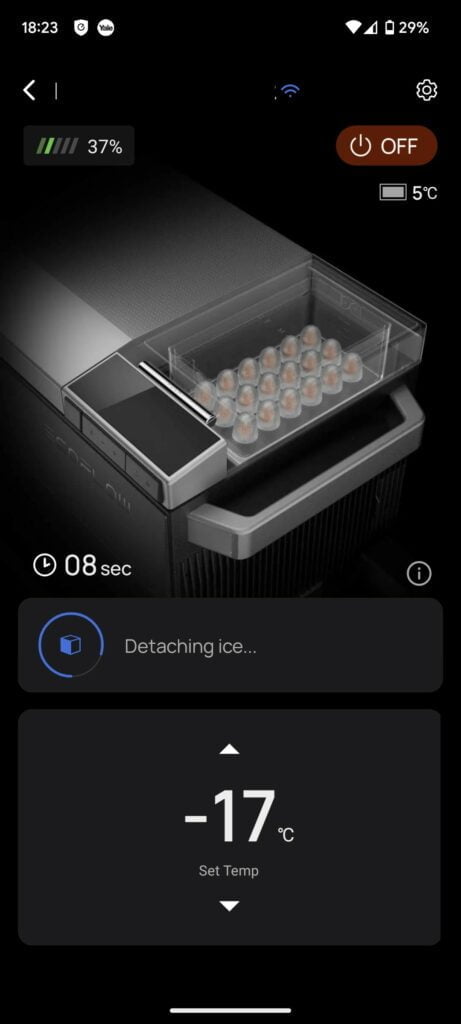
The ice maker compartment is a large container for water. It then has 18 metal contact poles where the ice forms around. You then have a tray which the poles poke through.
I used the app to start the ice cube-making process, and the Glacier will begin a countdown. You should keep the lid closed, but you will see the ice starting to form around the metal poles. The timer did jump back up at one point, so it took longer than 12 minutes, but it must have been less than 15 in total.
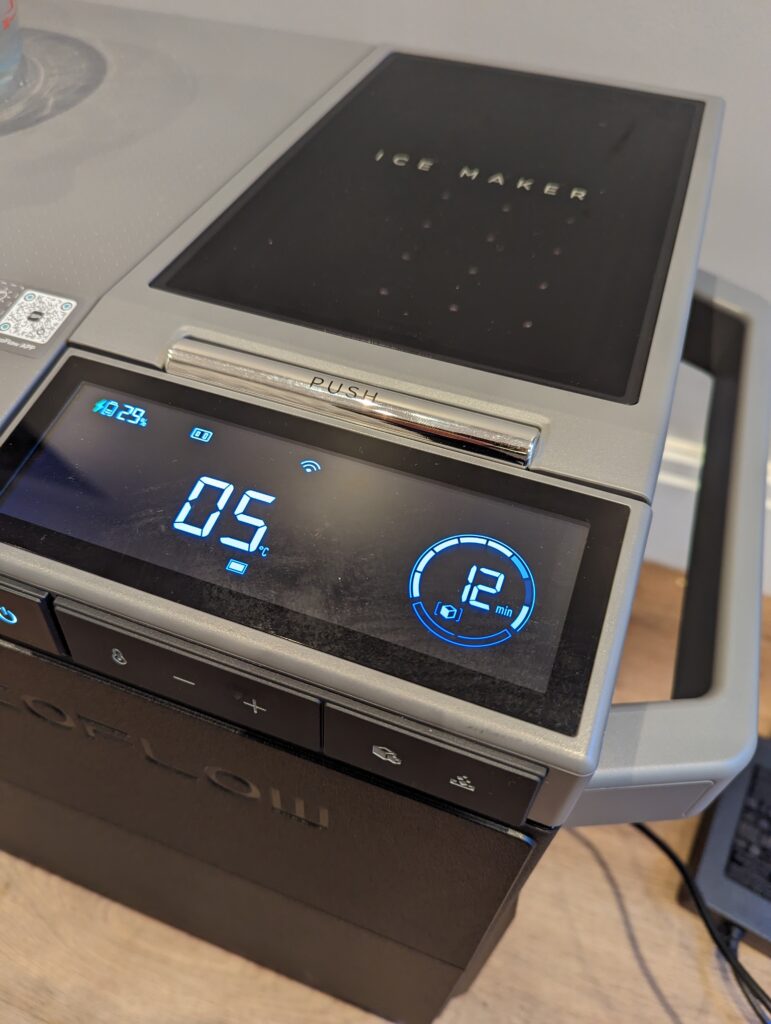
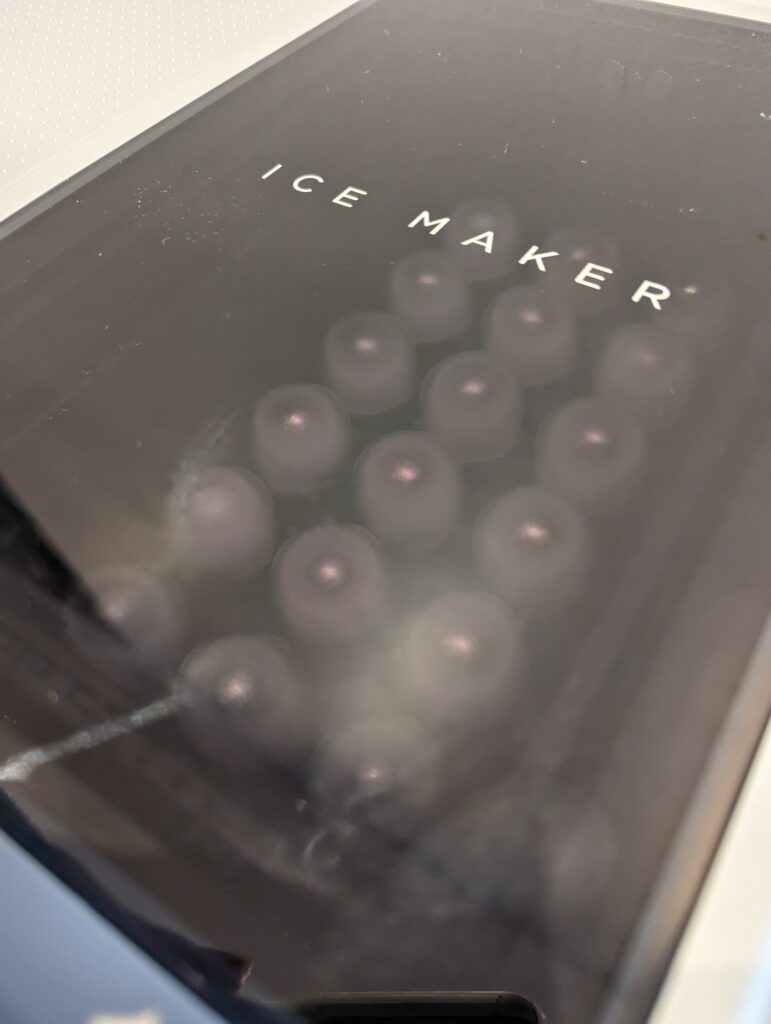
When the ice is made, the fridge will run a second process that loosens the ice cube, and then you can lift the tray out of the water, giving you 18 decent-sized ice cubes.
As you’d expect, this particular feature requires significantly more power than the standard fridge. My best guess is that it uses a bit under 10% of the battery.
Cooling – Fridge & Freezer
The EcoFlow Glacier has a temperature range of 10 °C down to -25 °C. Most competing products can only go down to -20°C.
The divider in this allows you to set a different temperature for each side, and you can use whichever side you want for the fridge/freezer.
During my testing, I primarily used it entirely as a fridge with the divider removed. I used it at a friend’s BBQ for our beer, and it performed perfectly, with the temperature set to 2°C.
Loaded with beer, the fridge is incredibly heavy, but thanks to the wheels and telescopic handle, it is easy enough to move around. I just about managed to get it into the car myself.
Noise
EcoFlow state that this has a noise level of just 37dB, which is considerably quieter than many competing options. However, when I first plugged it in, it was very loud. Similar to portable power stations, the fans ramp up when charging at a high wattage. With the fans ramped up, this is audible in another room.
Once the battery is charged, the fridge is very quiet. Similar to regular fridges, you only really hear it when the compressor kicks to bring the temperature back down. When the compressor makes a noise, you can hear it in the same room, but I barely registered it. It might annoy me if I slept right next to it if I was camping but other than that, I doubt I would notice.
Battery

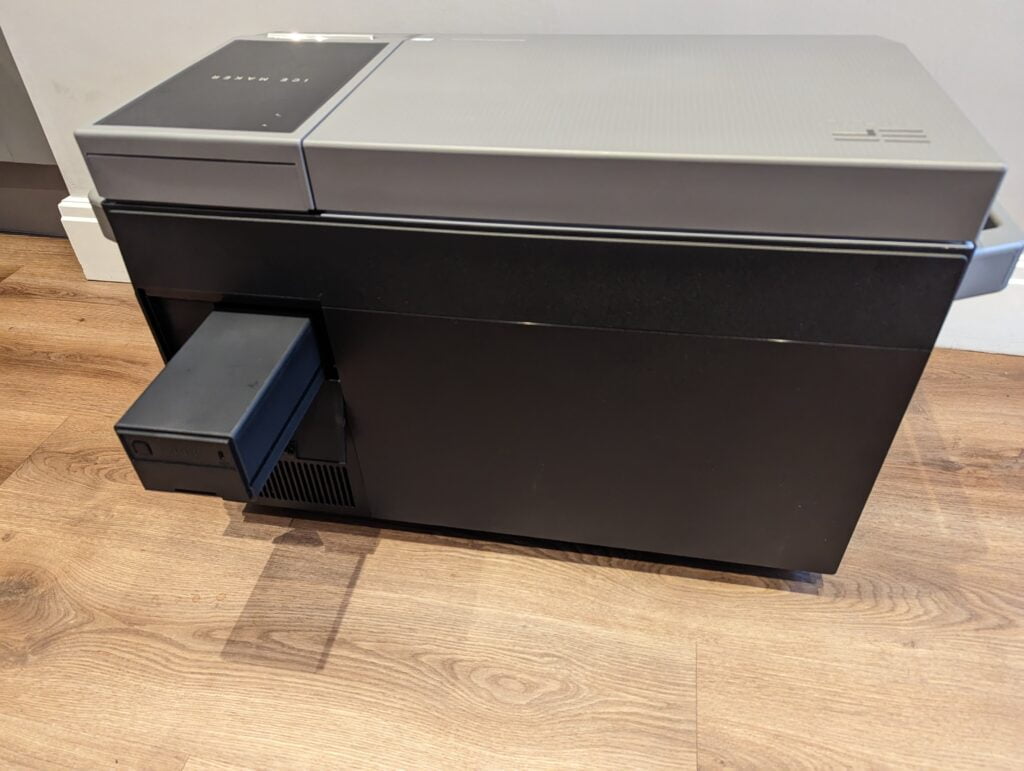
The battery is sold separately and is a large rectangular cuboid that you side in. You can therefore have multiple batteries if you need power for extended periods. It also improves the longevity of the Glacier. I believe the battery uses NMC, similar to the older EcoFlow power stations such as the RIVER. This will likely mean you have 500 cycles to 80% capacity.
The battery has a single USB-C port, and this can provide other devices with 100W power delivery. Alternatively, you can charge the battery, which will be handy if you have invested in a spare.
In April in the UK, I didn’t have much motivation to go off on a camping trip and try this in an environment it is designed for. But I did run a simple test to see how well the battery did. I loaded the fridge with my beer, set the temperature to 2°C, and when the battery was fully charged and the fridge was at the target temperature, I took it off charge.
During this test, I only opened the fridge three or four times, so it is not quite a real-life usage scenario. It was left in my kitchen, which has been sitting at around 18°C.
I was sceptical of the 40-hour battery life claims, but in my scenario, it exceeded this. It lasted so long I had left the house for a night before the battery died.
I started the test on the 14th of April at 7 am.
I left the house for a day and night away on the 16th at 6 am, and the battery was at 16°C.
When I returned home on the 17th at 3 pm, the battery was predictably dead, but the beer was still quite cool, cold enough to drink, at least.
Price and Alternative Options
The EcoFlow Glacier is a high-end product with a price to match. The fridge itself is £1049; you then need to buy the battery separately, which is £299. You can get both the fridge and battery together for £1249.
The Anker EverFrost is likely to be the best alternative, but this has not officially launched yet. It is available to order on Kickstarter and has three capacity options, 33L, 43L and 53L. All of them have the same 299Wh battery, and this also accepts solar input. This lacks the ice maker, but the starting price is $799, and if you buy it during the early bird pre-order phase, you can get it for $519 with shipping from July 2023.
In the UK, there is the THQ Alpicool TWW35 which is priced at around £500. This is a 35L fridge that uses a 15600mAh, 173Wh lithium-ion battery and weighs in at 17.5kg. They claim it will keep the fridge cool at 5°C for 20 hours when the ambient temperature is 25°C. It is also a dual-compartment design with a 10L and 25L compartment, and the temperature range is -20°C to +20°C.
Looking at traditional car fridges, you are looking at around £250 for a lot of the Alpicool options. You can get the Alpicool CX40 40L for £232. It has a temperature range of -20 to +20°C but is single-sided and lacks an ice maker. It then weighs 12.9kg. You’d then need a portable power station, the EcoFlow River 2 has slightly less capacity than the Glacier battery and weighs 3.5kg and costs £270. That is a considerable saving in comparison to the Glacier, but it is a far inferior overall solution.
Overall
The EcoFlow Glacier is an incredibly impressive product that, as far as I can tell, outclasses all other similar products on the market.
Even with my nit-picky nature, there is nothing I can really criticise this properly for. However, EcoFlow has developed such a feature-rich portable fridge it is inevitably gigantic and extraordinarily expensive. Due to the price, I would expect nothing less than a flawless product.
This, therefore, seems to make it quite a niche product. At least in the UK, it feels like it is going to have limited appeal.
The EcoFlow marketing material has people using this in big rig trucks, massive pickup trucks and off-grid buildings. It seems like this is a bit more US-centric, and I can totally see the appeal here. We like camping and road trips in the UK, but it is not quite on the same level as the US.
That being said, if this fridge does appeal to you, and you can justify the cost, it is amazing.
Originally posted on mightygadget.com – Follow on Twitter – Instagram – Facebook – Mighty Gadget Latest Reviews
EcoFlow Glacier Review Rating
Summary
The EcoFlow Glacier is an incredibly impressive product that, as far as I can tell, outclasses all other similar products on the market.
Overall
95%-
Overall - 95%95%
Pros
- Probably the best/most advanced portable fridge on the market
- 40-hour+ battery life possible
- Solar power could run this off-grid indefinitely
Cons
- Very expensive
- You should consider the size of it before buying
I am James, a UK-based tech enthusiast and the Editor and Owner of Mighty Gadget, which I’ve proudly run since 2007. Passionate about all things technology, my expertise spans from computers and networking to mobile, wearables, and smart home devices.
As a fitness fanatic who loves running and cycling, I also have a keen interest in fitness-related technology, and I take every opportunity to cover this niche on my blog. My diverse interests allow me to bring a unique perspective to tech blogging, merging lifestyle, fitness, and the latest tech trends.
In my academic pursuits, I earned a BSc in Information Systems Design from UCLAN, before advancing my learning with a Master’s Degree in Computing. This advanced study also included Cisco CCNA accreditation, further demonstrating my commitment to understanding and staying ahead of the technology curve.
I’m proud to share that Vuelio has consistently ranked Mighty Gadget as one of the top technology blogs in the UK. With my dedication to technology and drive to share my insights, I aim to continue providing my readers with engaging and informative content.

